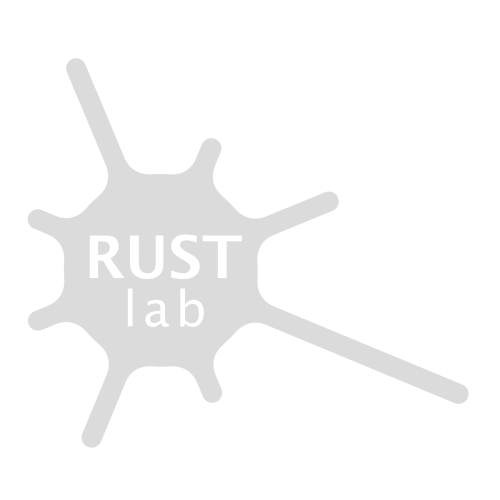Comment by Miriam (reviewed by Laura)
We started this summer term’s RUSTlab lecture series with a highly interesting presentation by Dr. Anne Luther. Her project „Digital Benin: Connecting Museum Data“ brought us closer to understanding what data are and what they do. As an information technology consultant with a focus in digital scholarship, cultural heritage data, and data visualization, Anne Luther functions as Principal Investigator for the project Digital Benin which aims at creating a digital platform to bring together over 3,000 Benin artifacts dispersed around the world (notably Europe and the USA), including the famous Benin bronzes, looted in 1897 by British colonial troops. The platform will also include historical photographs, archival materials, eyewitness accounts, publications and reports of oral traditions brought together in an information catalogue which will be internationally available by the end of 2022. Linking local knowledge with historical and more recent research data, Digital Benin will be vital in promoting further research, especially by Nigerian scholars, who have been sidelined in their own research due to the inaccessibility of artifacts in European and US-American museums and archives. Gathering information from all these different museum databases around the world is the important work Digital Benin is set out to do.
An interdisciplinary team will use new digital and media-based methods such as data sprints to generate data for the platform which might set an example for future museum collaborations and digital collections of artifacts. Anne Luther points out that the project’s biggest challenge lies in bringing data from various places together: „We meet the museums where they are at“, she says, pointing out that every institution has their own way of documenting and collecting artifacts. This makes it necessary to determine for each data set what data are and how to store them without fostering standardization. The team attempts to contextualize data in their specific context rather than developing a universal data format. For example, it is not the sole raw data the team looks at. Instead, the data is always viewed in a Benin-centric context i.e., based on oral local history. As fields and relationships are mapped, stored and sketched out, an overview of information is made accessible. Digital Benin is the vanguard of digital museum collaboration bringing data together on a content level as well as a technical level.
During the discussion Anne Luther ultimately brings up a relevant and prominent point surrounding the project. She points out that the licensing of data stays in the respective museums. „We are not changing the licensing into open data“, she says. „The question is important as to dealing with looted objects and objects that are in a restitution context“. Even though the topic of digital restitution is not something Digital Benin is dealing with at this stage, it is an important point to be made looking into the future of similar projects and how they can shape the way Europe and the United States handle looted cultural heritage.
The Digital Benin platform connects museum data with oral tradition, contextualizing museum data in a profound way. This contextualized data may function as a tool for communication to deliver a deeper understanding of Benin’s cultural heritage. The online availability of the data changes the ways of how and when this rich data can be accessed and most importantly by whom. The planned scope and public accessibility of Digital Benin’s platform, data and interface is unparalleled at this point in time and has the ability to tear down the walls put up by colonial history and spark communication. Especially for Nigerian scholars, who have struggled to gain access to both the objects and archive materials, as they are mostly placed outside the country, the Digital Benin database is an exciting prospect.
The process described by Anne Luther is innovative and important and will enrich the discourse in cultural studies, art history and postcolonial politics. Digital Benin has the capacity to spark a conversation about Europe’s willingness to eventually restitute cultural heritage looted from the African continent during colonial times. But we cannot forget that the project does not replace physical restitution itself which requires a change in legislation in many countries as their museum properties are managed by national laws. The answer to the question of whether or not European and US-American museums should give back stolen artifacts, highly relies on cultural sensitive discourse. The closer we get to understanding Benin’s cultural heritage and the circumstances that surround artifacts, the more likely Western governments may be to understanding the identity-shaping significance of managing ones own cultural heritage. But as well, the situation could play out in a very different way. Despite good efforts in conceptualizing data by implementing oral tradition and local knowledge and calling it Benin-centric, it raises the STS related question of not only how knowledge is created but also how it is handled and by whom. The power of administering knowledge, Benin-centric or not, still lies in the hands of Western Museums. This continuing power imbalance fails to provide different stakeholders with a level playing field on which a fruitful discussion on restitutions can take place.
With big interest I will continue to follow this outstanding project and am excited to see the effects this unique digital collection of culture sensitive data will have on postcolonial politics as well as on the ways cultural studies and art history perceive of digital data.
